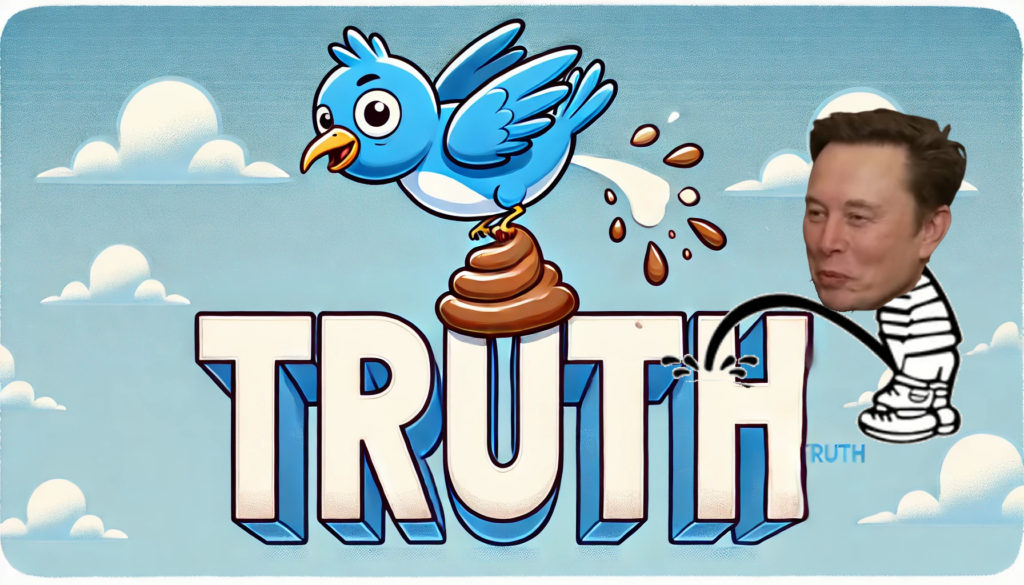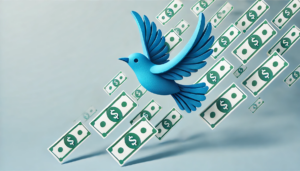
Twitter was once the go-to platform for breaking news, celebrity meltdowns, and viral memes. Today, it’s a very different beast. Love it or hate it, Elon Musk’s takeover in 2022 sent shockwaves through the tech world and beyond.
But what drove the billionaire to buy it?
And has his gamble paid off?
Who Owns Twitter?
Let’s get the easy one out of the way.
Who owns Twitter? Elon Musk.
Well, technically, X Holdings Corp owns it—a company Musk set up specifically for the $44 billion deal. But X Holdings is Musk’s creation. He calls the shots.
Before his arrival, Twitter was a publicly traded company. Shareholders, a board of directors, and corporate oversight kept things (somewhat) in check.
Now? It’s a private entity. Musk is the boss.
No shareholders to answer to.
No quarterly earnings pressure.
Just Musk, his inner circle, and his vision.
How Much Did Elon Musk Buy Twitter for?
How much did Elon Musk buy Twitter for?
$44 billion.
Yes, billion. With a “B.”
How much did Elon Musk pay for Twitter per share? $54.20.
A price many called absurd, given Twitter’s financial struggles. Musk later admitted he overpaid. Some analysts claim the platform is now worth half that.
The purchase wasn’t all cash. Musk used his Tesla shares as collateral, took out loans, and brought in investors. It was a complex financial cocktail.
And it left Twitter under significant debt—about $13 billion.
Why Did Elon Musk Buy Twitter?
Why did Elon Musk buy Twitter? His public explanation: free speech.
Musk claimed he wanted to restore Twitter as a digital town square. A place for open debate without censorship. His supporters saw him as a champion of free expression.
Skeptics weren’t convinced.
Some believed it was about power. Others thought it was personal—Musk didn’t like the way Twitter handled criticism of him or his companies.
Another theory? Data.
Owning Twitter gives Musk access to vast amounts of user data, which could benefit his other ventures like Tesla and xAI.
The truth is likely a mix.
Free speech, ego, influence, and data—Musk rarely does anything for just one reason.
When Did Elon Musk Buy Twitter?
When did Elon Musk buy Twitter?
October 27, 2022.
The process leading up to that date was messy.
Musk announced his offer in April 2022. Then he tried to back out, citing concerns over bots and fake accounts. Twitter sued. Musk countersued. Lawyers made a fortune.
Eventually, Musk relented. He posted a video of himself entering Twitter headquarters with a sink—his “let that sink in” joke.
The internet groaned.
What Changed Under Musk?
A lot.
Moderation teams were slashed. Engineers were fired. Advertisers fled.
Verification became a paid feature. Anyone could buy a blue checkmark for $8, creating waves of impersonations and scams.
Low-quality content flooded the platform.
Misinformation spread faster than ever.
Fake news became harder to spot.
No fact checking—just vibes.
Community Notes: Fact-Checking or Partisan Tool?
To counter the chaos, Musk introduced Community Notes.
It allows users to fact-check tweets with context. Sounds great, right?
Not so fast.
Critics say Community Notes is biased. Notes often appear on content critical of Musk or Trump, while misinformation favoring their supporters is ignored.
Free speech for some. Fact-checking for others.
It’s a common criticism under Musk’s leadership.
How’s It Going?
Not well.
Twitter, now rebranded as X, is bleeding ad revenue. Brands don’t want their ads next to hate speech and conspiracy theories.
Users are leaving too. Traffic has declined, especially in the U.S.
Musk claims X is thriving.
Data suggests otherwise.
So, Was It Worth $44 Billion?
Only Musk knows.
Financially? Probably not.
But if the goal was influence, control, and shaping public discourse—he got exactly what he paid for.






